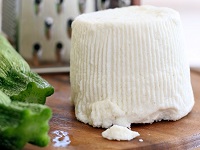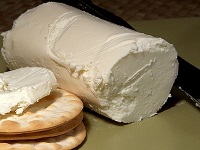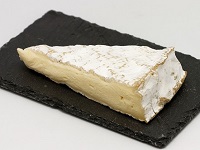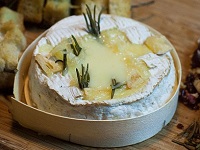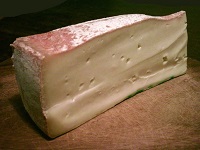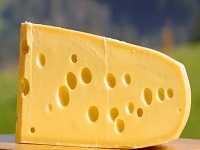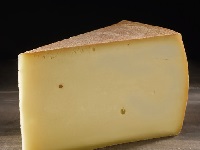Tsitska (Georgian Republic)
The Tsitska grape is well-suited for both stainless-steel fermentation and qvevri winemaking.
In stainlesss steel style, it offers crisp, floral, and citrusy wines perfect for light fare and seafood.
Tsitska Flavors
Lemon Zest |
Apple |
Pear |
Plum |
Kiwi |
Chamomile |
Herbs |
Mineral |
Tsitska Profile
Tsitska is crisp, fresh, light to medium body, with a notable zesty acidity:
| SUGAR: | Dry (3 g/l) |
| BODY: | Medium - Light |
| FRUIT: | Medium |
| ACIDITY: | Medium - High |
| ALCOHOL: | 11-12% ABV |
| Serving temperature: 8-10°C (46-50°F) | |
Tsitska Food Pairing
Light Salads |
Grilled Vegetables |
Grilled Fish |
Soft Cheese |
Excellent Pairings
Grilled Fish. Trout. Sea Bass.
Light Salads. Citrus or Herb Dressings.
Fresh cheeses. Feta. Brie. Chevre.
Georgian Specialities
Lobio (bean stew).
Pkhali (vegetable pâté with walnuts).
Chvishtari (cheese cornbread).
The Ideal Glass for Tsitska
A Riesling Glass has a tall and narrow bowl to emphasize the aromas of the wine.
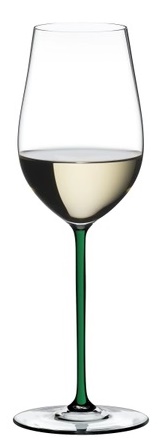
|
The shape also helps balance the high acidity often found in Tsitska.
The Riesling glass is perfect for any bone dry wines with high acidity like Chablis, Chenin Blanc, Picpoul and Vinho Verde. |
Tsitska Cheese Pairing
Pairing Tips
Opt for cheeses with moderate saltiness and creaminess to balance the c's acidity.
Also try to add fresh fruits (grapes, apples, pears), nuts (almonds, walnuts), and a light drizzle of honey to enhance the pairing experiment.
Fresh and Mild Cheeses
Ricotta: Especially good if served with a drizzle of honey or fresh fruits.
Goat Cheese (Chèvre): The tanginess complements the subtle fruit notes found in Tsitska.
Soft Cheeses
Brie: The creamy texture and mild flavor work beautifully with c.
Camembert: Similar to Brie but with slightly more earthy.
Fontina: Its nutty, buttery qualities make a good match.
Semi-Soft Cheeses
Gruyère: Mildly nutty and sweet, enhancing the a subtile Tsitska.
Swiss Cheese: Tsitska has a refreshing acidity and floral aromas, which complement the nutty and slightly sweet flavors of a Swiss Chese.
Asiago: Lightly aged Asiago adds a complementary tang.
If You Like Tsitska
You May Also Like:
Georgian Grapes
Tsitska
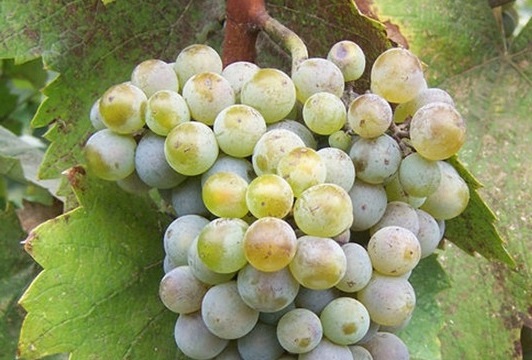
Tsitska is a white grape variety from the Imereti region in Western Georgia, which is known for its cooler climate and fertile, limestone-rich soils.
The grape is often planted on slopes at moderate altitudes (200–500 meters), which help maintain acidity in the grapes due to cooler temperatures.
It is primarily used to produce dry white wines, though it is occasionally blended (often with Tsolikouri or Krakhuna) or made in sparkling wine and amber (skin-contact) styles.
Tsitska is well-suited for both modern stainless-steel fermentation and traditional qvevri winemaking, which can significantly change its profile.
In classic style, it offers crisp, floral, and citrusy wines perfect for light fare and seafood. In its amber or qvevri form, it transforms into a bold, textural wine suited to rich, earthy dishes.
Tsitska Flavors
Lemon Zest |
Apple |
Pear |
Plum |
Kiwi |
Chamomile |
Herbs |
Mineral |
Alcohol can be addictive. Always drink in moderation.
© Copyright 2015-2025 W3 Wine School. All Rights Reserved.
